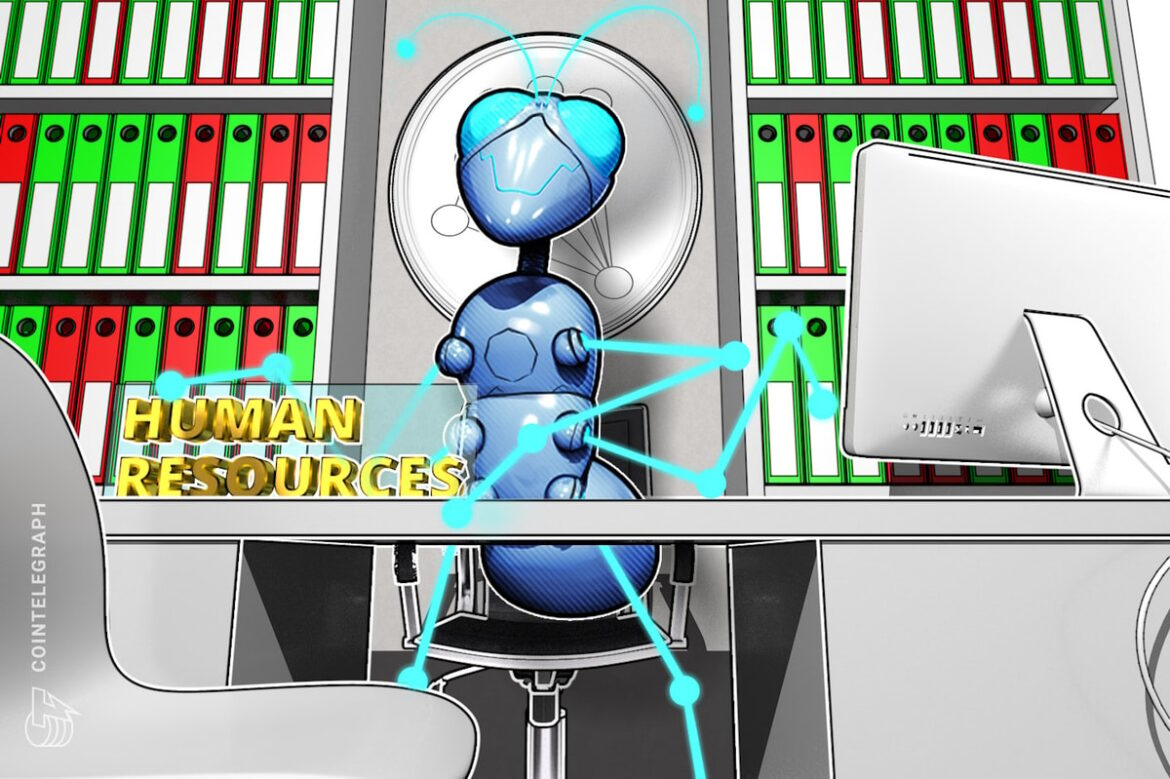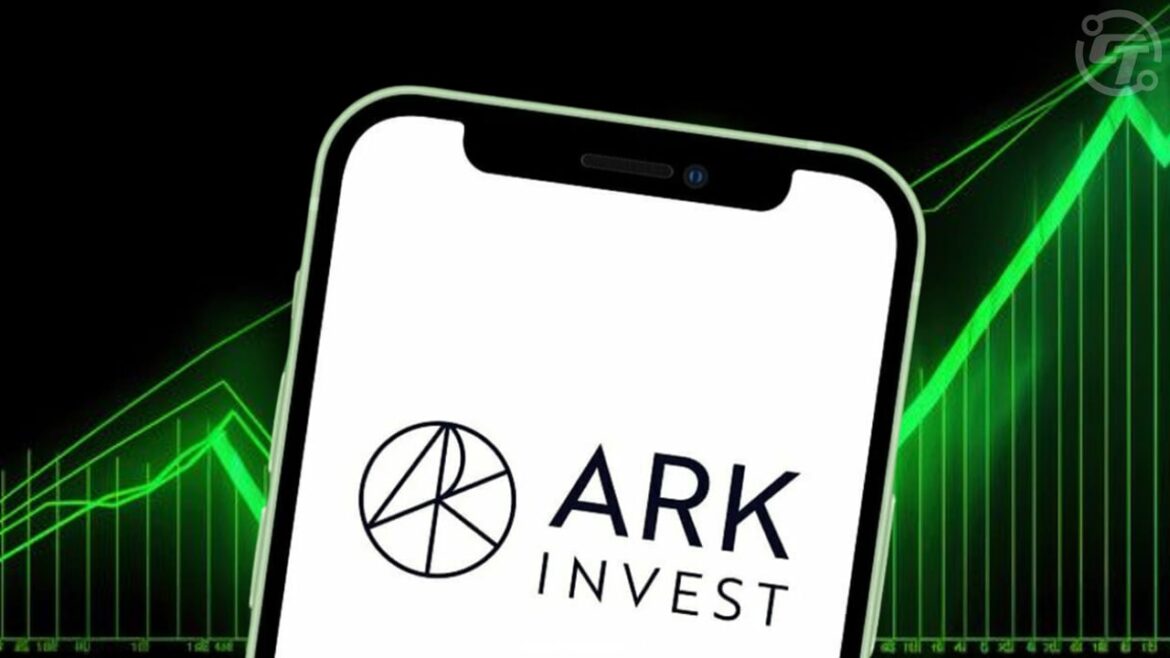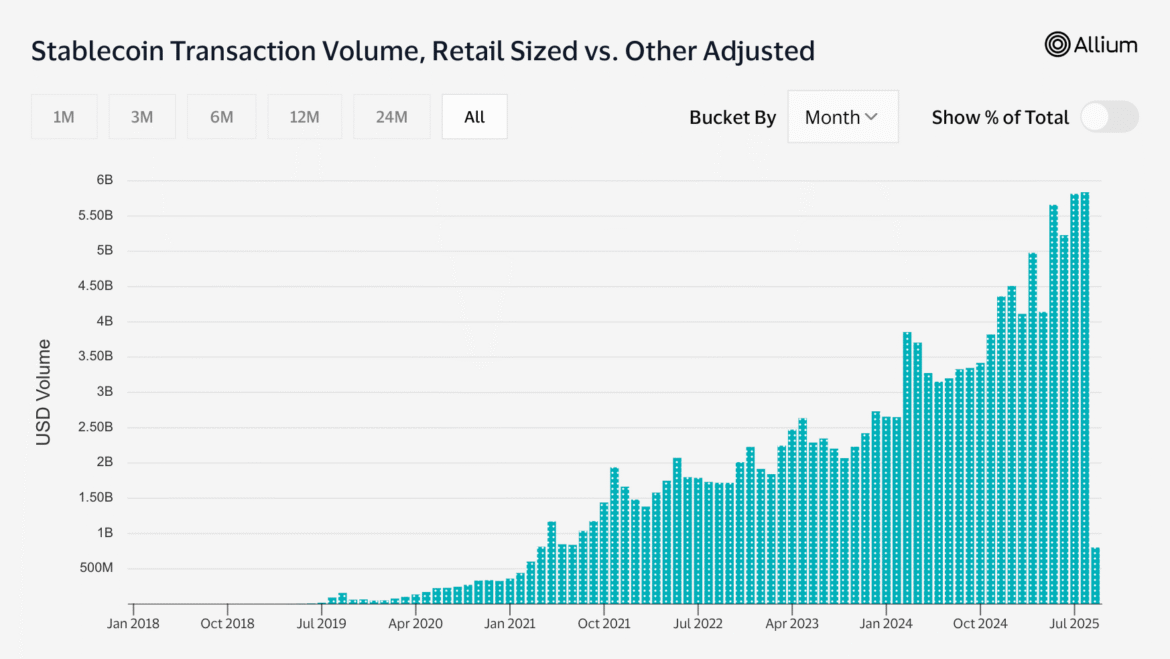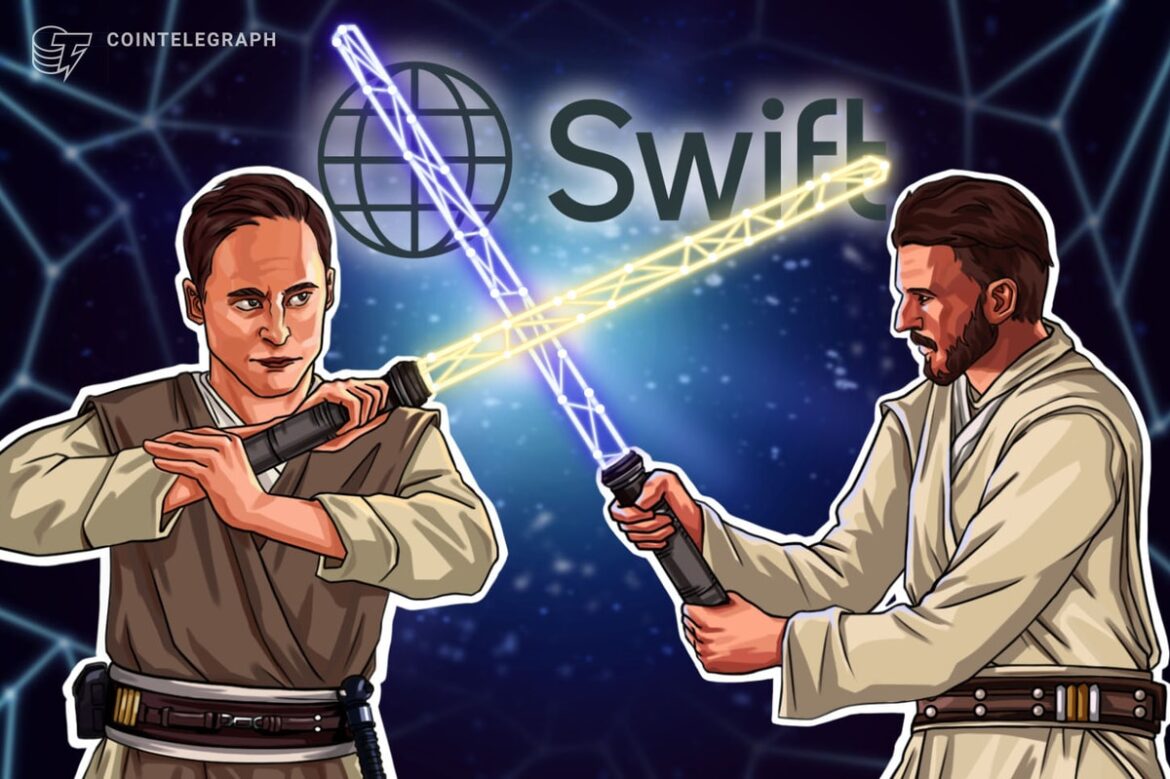In brief
- Bitcoin’s pseudonymous creator, Satoshi Nakamoto, disappeared in 2011.
- SharpLink Gaming co-CEO Joseph Chalom thinks Nakamoto will return as Bitcoin faces a quantum computing threat.
- Nakamoto is linked to nearly 1.1 million Bitcoin, valued at over $120 billion.
Bitcoin’s elusive, pseudonymous creator Satoshi Nakamoto has remained in the shadows since his last message in 2011, saying that he had “moved on to other things.”
But SharpLink Gaming co-CEO Joseph Chalom has a “wild theory” that Nakamoto will reveal himself once the original cryptocurrency faces an existential threat from quantum computing.
Some experts believe that quantum computing could become an “existential crisis” for Bitcoin within the next decade, as the community has started to discuss ways to quantum-proof the network. To do this, some have floated the idea of a quantum-proofing hard fork, while others have proposed freezing Satoshi’s quantum-vulnerable coins.
Chalom, who co-leads the $3.6 billion Ethereum treasury company, told Decrypt last week that he believes the Bitcoin founder may reveal himself as this hurdle is attempted.
“I have a wild idea that at some point—five, 10 years from now—when the Bitcoin network needs to be quantum-proofed, there will be some really important decisions around standards and encryption,” Chalom explained. “There’ll be decisions about whether you need to hard fork the protocol [and] what you do with wallets that are dormant.”
“When that quantum moment comes, somebody is going to wake up and say: ‘I don’t want to be forked.’ Or someone’s going to wake up and say: ‘Fork me.’ That’s a lot of money to leave on the table,” he added.”
This theory, Chalom added, is not based on any facts and is just another bold theory to add to the 17-year mountain of Satoshi speculation. However, Chalom did say that if his theory is right, then he believes Satoshi will reveal himself through “some old, OG accounts” that haven’t been active in a long time.
These old accounts could include any of the wallets that many attribute to being owned by Satoshi—identified via a method called the Patoshi Pattern. At the time of writing, these wallets hold 1.096 million BTC, which is worth approximately $121.9 billion, according to Arkham data.
That makes the elusive founder the 12th richest person in the world, according to Forbes, while a 23% move to $150 billion would put him in the top 10. Predictors at Myriad think that such a move is unlikely to be made soon, with 90% voting against Satoshi hitting a $150 billion net worth in September. (Disclosure: Myriad is a product of Decrypt’s parent company, DASTAN.)
Old accounts waking up could also include any of the known Satoshi-linked email addresses or his account on the Bitcointalk forum. These accounts springing back to life to voice Satoshi’s opinion may not necessarily mean revealing his true identity.
Thousands of theories about Satoshi’s real identity have spawned since the Bitcoin white paper was first penned in 2008. Fingers have been pointed at early Bitcoin adopters, government organizations, and even Elon Musk. But Bitcoin backers have yet to agree on a single person.
HBO attempted to unmask the elusive crypto creator in a 2024 documentary, which made the claim that Bitcoin Core developer Peter Todd was Satoshi.
“Money Electric: The Bitcoin Mystery” director Cullen Hoback highlighted a forum post from Todd to Satoshi, which the director believed was Todd speaking as if he were in control of both accounts. The documentary also pointed to other clues, such as Todd’s writing style, his previous experiments with digital currencies, and his level of computer programming.
Ultimately, however, the crypto community dismissed the theory as speculative and based on false assumptions. Todd also pushed back by posting on social media, “I’m not Satoshi.”
As of now, the mystery remains—but if Chalom is right, then maybe the looming quantum threat will bring Bitcoin’s creator back out from the shadows.
Daily Debrief Newsletter
Start every day with the top news stories right now, plus original features, a podcast, videos and more.










